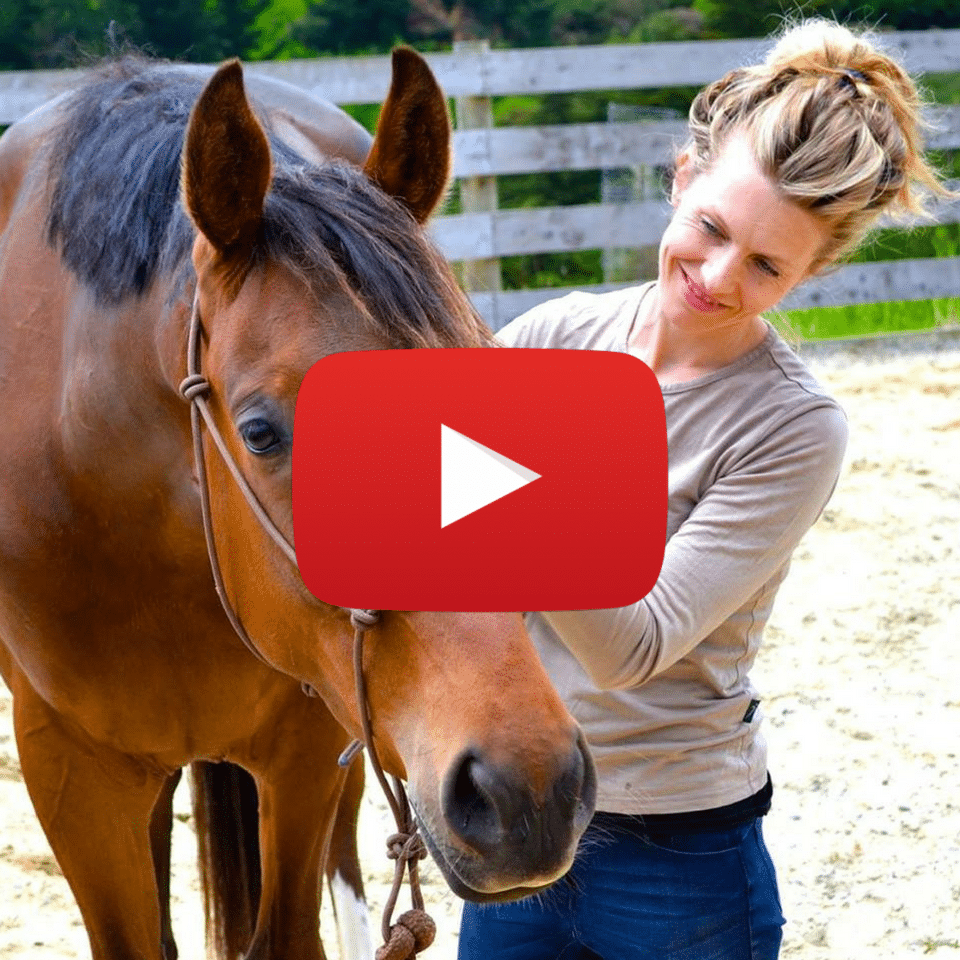The sit bones get a lot of airtime when it comes to position and balance, and almost all of the instruction that I’ve heard involves positioning your weight directly on and evenly between your sit bones.
If we zoom out for a moment, the entire pelvic bowl changes its position from sympathetic to parasympathetic. In our sympathetic or fight/flight nervous system, both the crest of the pelvis and the underside rim fold in towards midline, changing the orientation of the structures that are a part of it. One of the first things to happen is that the pelvis starts to tuck; the musculature and soft tissue of the pelvic floor pulls in and up, the tail curls and the pelvic triangle (of which the sit bones are a part) shifts forward.
Most of our instruction around position and balance assume a tuck of the pelvis. They assume that to be sitting on top of the sit bones is the norm, and in some ways, it has become so. To be functioning dominantly from the sympathetic nervous system has become a hallmark of modern living- but that still doesn’t cancel out the fact that a whole different sense of possibility exists.
In “normal” or parasympathetic functioning, we are designed to be sitting on the long, flat ramus bones that lie between the sit bones at the back and the pubic tubercles on the front. All of these structures sit behind the legs, allowing for both the hamstrings and the adductor muscles to maintain their homeostatic length. In other words, it allows them to move and the fascia to slide without being crammed and jammed up as a consequence of the pelvic tilt.
If you look at the photo of the baby below, this is a beautiful example of parasympathetic posture (the drawing has the pelvis still in a slight tuck). A good marker to train your eye to is the top of the tail, which is where your butt crack starts. You can see how high the tail is here, allowing the sit bones to sit facing to the back diagonal (rather than underneath).
If you sit on the floor with your legs outstretched, notice how high your butt crack is off the ground. For the majority, it’s very close or underneath us. This gives us information of the nature of our own pelvic tuck and the resulting structures.
For the next couple of weeks in JoyRide, our focus in the pelvic triangle and the sit bones. If you want to come join us, you can check it out here.
Onwards.
❤️ Jane


